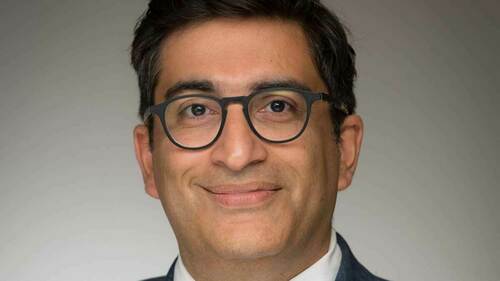
In 2012, fraud cost U.S. auto insurers 7.7 billion dollars in excess payments. Although the rate of fraudulent policies for most insurers was 5 percent, that rate for nonstandard auto insurers – or insurers that underwrite drivers with multiple accidents, prior convictions and state minimum coverage – was significantly higher at 84 percent. Unfortunately, this cost is often passed down to policyholders in the form of increased insurance premiums. To better control these costs, University of Notre Dame researchers at the Interdisciplinary Center for Network Science and Applications (iCeNSA) have developed artificial intelligence algorithms and a system that identifies potential fraudulent risks.
The study, which was published in Big Data, focused on creating a framework dubbed “FraudBuster,” which combats the following challenges: identifying the worst affected segments of the auto insurance market, identifying “actionable” fraud and ensuring compliance with the industry regulations.
“Our goal with this research was to create an operationally viable AI system that could identify which population segments were demonstrably more affected by auto insurance fraud by using machine learning techniques,” said Nitesh V. Chawla, Frank M. Freimann Professor of Computer Science and Engineering, director of iCeNSA and co-author of the study. “The FraudBuster system is able to not only accomplish this but also demonstrates a framework for compliance with industry regulations while accurately assessing bad risks at the underwriting stage.”
To create the system, the research team utilized de-identified data from more than one million drivers and then characterized that information with 44 different descriptors. The data descriptors represented both underwriting and claims information. Through a rigorous modeling and evaluation approach, the team demonstrated that FraudBuster can identify drivers who are likely to be fraudulent risks and are associated with high loss ratios, resulting in an operationally viable and compliant system to identify the segments that are most affected by fraud.
“The approach used in this study could also be adapted to predict and assess the significantly bad risks of other markets including those within the credit, lending, health care and marketing industries,” said Chawla.
Collaborators on the study include Reid A. Johnson, former research assistant professor of computer science and engineering and data scientist at Concur Technologies, and Saurabh Nagrecha, former graduate student of computer science and engineering at the University of Notre Dame, lead author of the study and machine learning researcher for Capital One.
To learn more about the study, visit https://www.liebertpub.com/doi/abs/10.1089/big.2017.0083?journalCode=big.
Contact: Brandi R. Klingerman, research communications specialist, Notre Dame Research, bklinger@nd.edu, 574-631-8183; @UNDResearch
Originally published by at research.nd.edu on June 22.